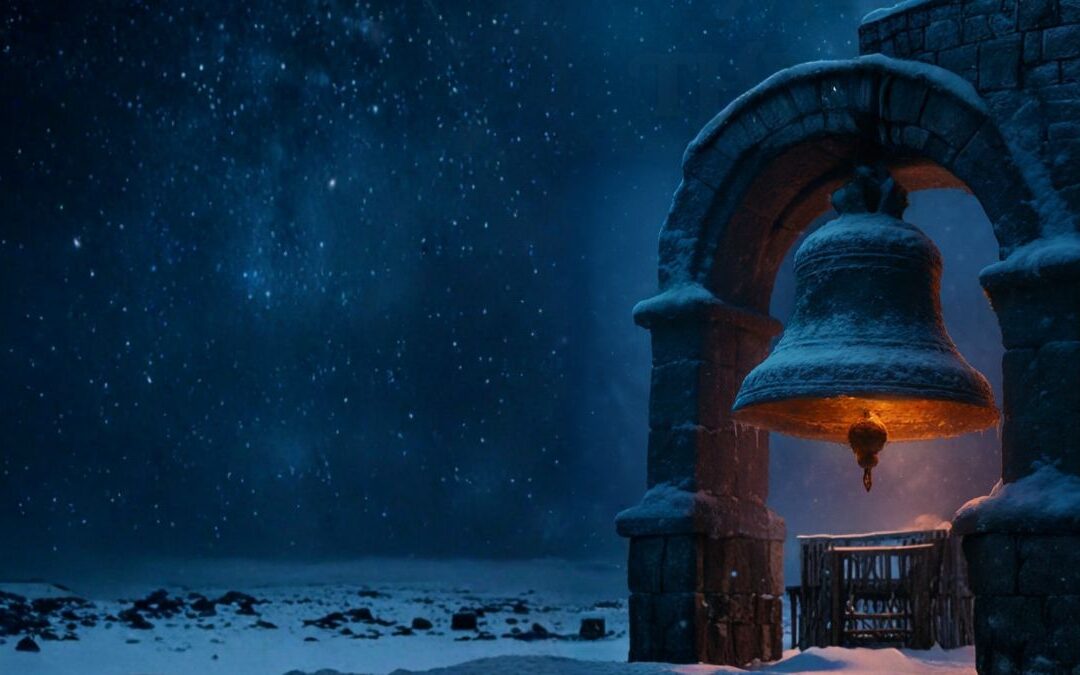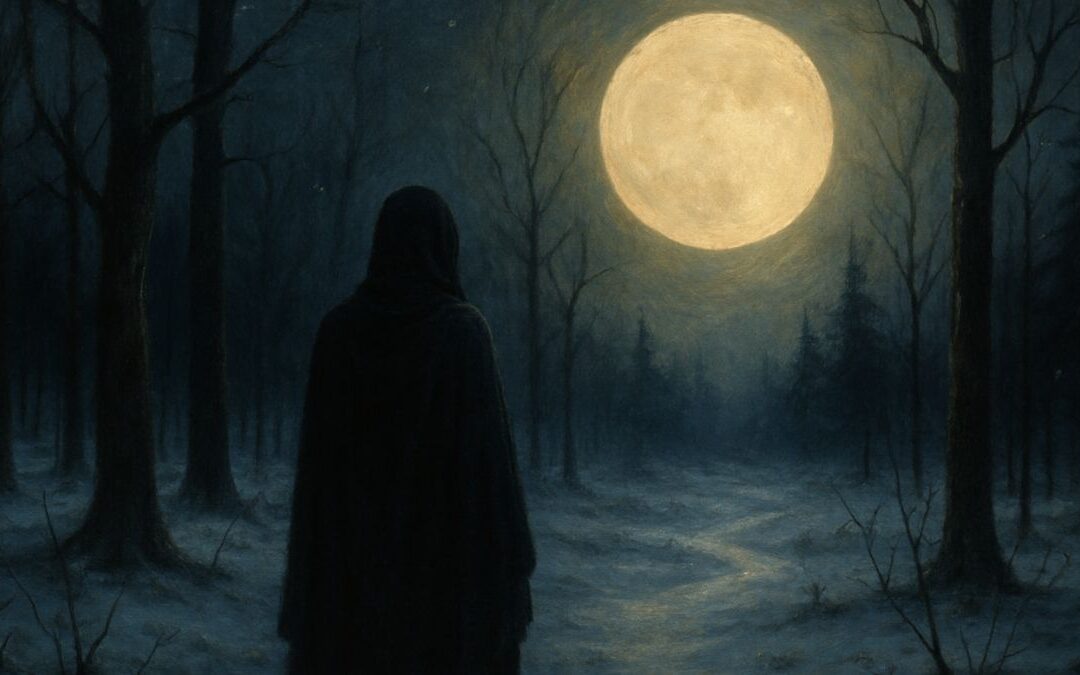In a world where the celestial heavens have captivated the human imagination for eons, there lies a performance that outshines them all: the Great Solar Show. It is a breathtaking display of lights and shadows, an awe-inspiring ballet of cosmic proportions. For those who have witnessed this spectacle, it’s a profound experience, one that people across different cultures and eras have found spiritually uplifting, scientifically intriguing, and visually stunning.
Imagine standing in the cool, dim light of a solar eclipse, as the moon passes between the Earth and the sun, casting a shadow that briefly transforms day into twilight. This rare occurrence has caused both awe and fear throughout human history. In ancient China, it was believed that a celestial dragon was consuming the sun, prompting onlookers to bang pots and pans to scare the creature away. Today, one of the most coveted spots to witness this phenomenon is the Atacama Desert in Chile. Known as the driest desert in the world, it offers clear, pristine skies and a high likelihood of uninterrupted viewing. In 2019, tens of thousands flocked to this region to gaze upwards as the sky turned from bright daylight to a chilling, surreal semi-darkness.
Yet, eclipses are not the only marvels the sun has to offer. Venture further towards the poles, and you may be greeted by one of the most beautiful natural phenomena on Earth: the Northern and Southern Lights, also known as the Aurora Borealis and Aurora Australis, respectively. These are not just streaks of light in the night sky; they are vibrant, dancing ribbons of color, produced when charged particles from the sun collide with the Earth’s magnetic field. In Norway, particularly in the region above the Arctic Circle, towns like Tromsø become a hub for aurora chasers, eager to catch a glimpse of the ethereal green, pink, and purple lights undulating like a river of color in the sky. Similar grandeur can be found in the Southern Hemisphere, in places like Tasmania, Australia or Stewart Island, New Zealand, where the Southern Lights set the sky ablaze with their otherworldly glow.
These lights are more than just a pretty sight; they are deeply ingrained in the lore and spirituality of the indigenous peoples of these regions. The Inuit of Alaska, for instance, believed that the Northern Lights were the spirits of the deceased, playing a game across the sky, or in another interpretation, that they were the spirits of unborn children, dancing in anticipation of their entry into the world.
Meanwhile, far away from the cold, the phenomenon of sunspots might seem subtle but is no less fascinating. These dark patches, a result of magnetic activity on the sun’s surface, have intrigued astronomers for centuries. The Canary Islands, off the coast of Spain, host one of the world’s most significant solar observatories. Here, at the Roque de los Muchachos Observatory, scientists and visitors alike can safely observe the sun through special telescopes, watching as these mysterious dark patches move and morph, providing vital clues to understanding our star’s complex and dynamic behavior.
Now, as we revel in these stunning spectacles, it is crucial to remember the importance of safety. Never look directly at the sun, especially during a solar eclipse, without proper eye protection. Special solar viewing glasses, which are far more powerful than regular sunglasses, are a must. For those keen on photography, special solar filters for cameras are essential to prevent damage to the equipment and your eyes. And when chasing the auroras, remember to dress warmly and be prepared for the harsh, cold conditions of the polar regions.
But beyond the science and the safety lies something more profound: a sense of connection and unity. These solar phenomena are global events, indifferent to borders or nationalities. They are reminders of our shared home, this beautiful planet, and our place in a larger, grander universe. They tell a story of time, from the indigenous tribes who revered these lights as sacred spirits, to the modern-day astronomers who study them in the quest for knowledge.
In every corner of the world where these phenomena grace the sky, they bring with them a sense of wonder that is profoundly human. Whether it’s under the darkening sky of a solar eclipse, amidst the vibrant hues of the Northern or Southern Lights, or in front of a telescope observing the dynamic sunspots, these are the stages of the Great Solar Show—a performance that has been, and always will be, an extraordinary part of our human story.
And as long as the sun and Earth dance in space, this Great Solar Show—an ever-changing, ever-awe-inspiring display—will continue to captivate those who take the time to look up and marvel at the sky.
Keywords:
- celestial: Related to the sky or outer space as observed in astronomy.
- solar phenomena: Events or occurrences related to the Sun.
- solar eclipse: An event in which the Moon passes between the Earth and the Sun, blocking all or part of the Sun’s light.
- Atacama Desert: A desert located in northern Chile, known as the driest place in the world.
- Aurora Borealis: The Northern Lights; natural light displays in the Earth’s northern hemisphere, predominantly seen in regions around the Arctic.
- Aurora Australis: The Southern Lights; natural light displays in the Earth’s southern hemisphere, predominantly seen in regions around the Antarctic.
- ethereal: Extremely delicate and light in a way that seems too perfect for this world.
- sunspots: Dark spots that appear on the surface of the Sun due to magnetic activity.
- Roque de los Muchachos Observatory: A major astronomical observatory located in the Canary Islands, Spain.
- solar viewing glasses: Special glasses with a solar filter that allows you to safely look directly at the Sun.
Key Takeaways:
- Solar phenomena, including solar eclipses, Northern and Southern Lights, and sunspots, are captivating and significant events.
- The Atacama Desert in Chile is an exceptional place to witness solar eclipses due to its clear skies.
- The Northern and Southern Lights are best observed in polar regions, such as Tromsø, Norway for the Northern Lights, and Tasmania, Australia for the Southern Lights.
- These solar phenomena have deep cultural and spiritual significance in various societies across the world.
- Sunspots, observed from places like the Roque de los Muchachos Observatory in the Canary Islands, provide important insights into the Sun’s behavior.
- Safety is paramount when observing solar phenomena, especially solar eclipses; proper eye protection, like solar viewing glasses, is essential.
- These solar events are global occurrences that remind us of our connection to the universe and to each other.
Check out the Solar System Article Series
Cosmic Chronicles: The Living Story of Our Solar System (Featured Article)
The Great Solar Show: Best Spots on Earth to Experience Solar Phenomena
The Real Martians: A Deep Dive into the Search for Life on Mars
Navigating Night Skies: A Beginner’s Guide to Backyard Astronomy
Cosmic Art: How the Solar System Has Inspired Artists Throughout History










0 Comments